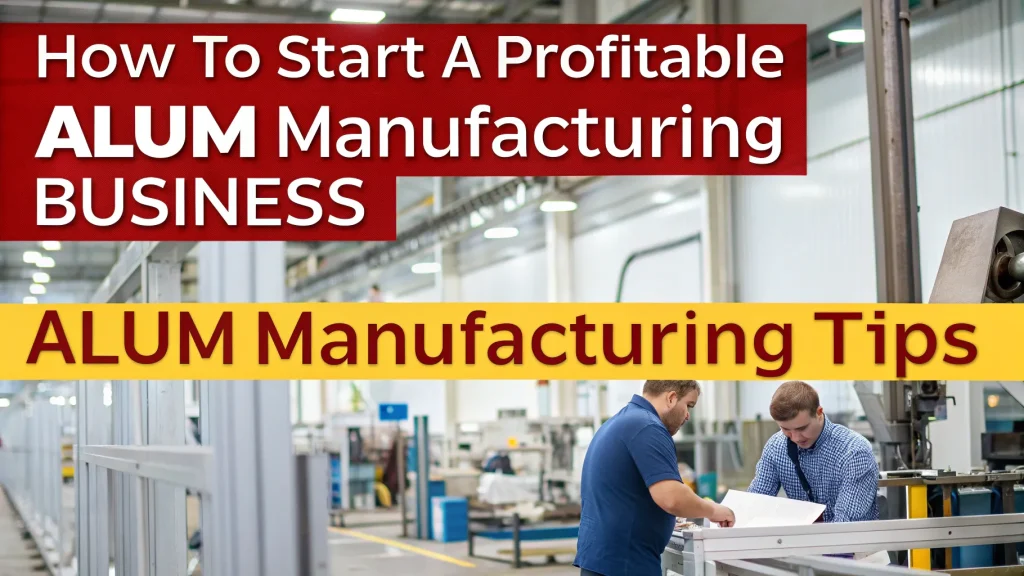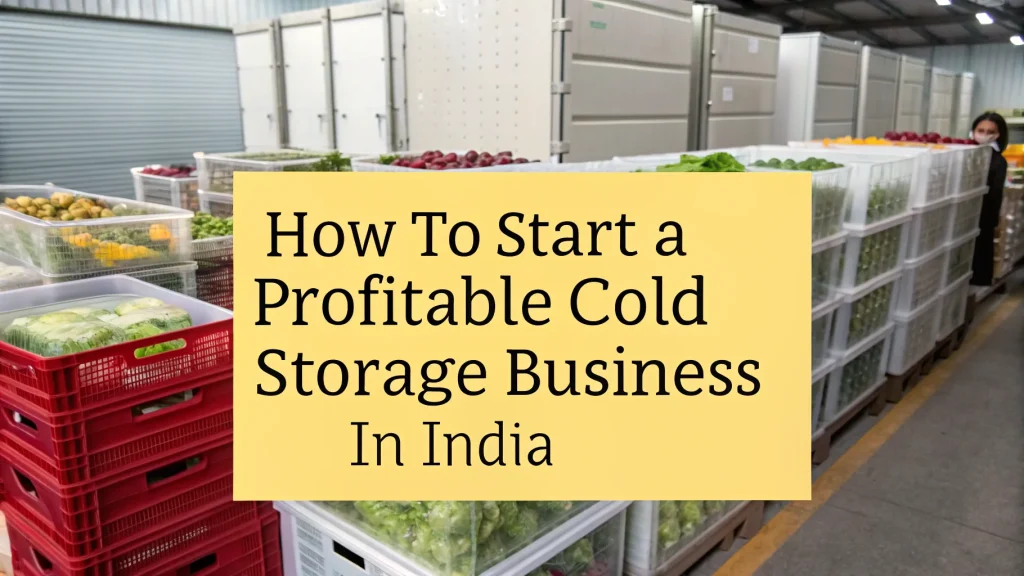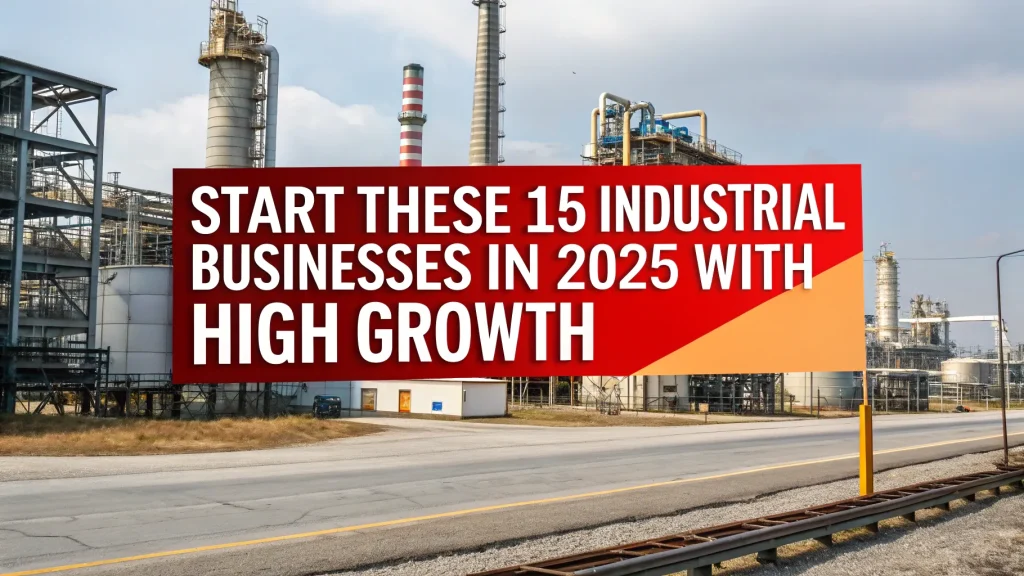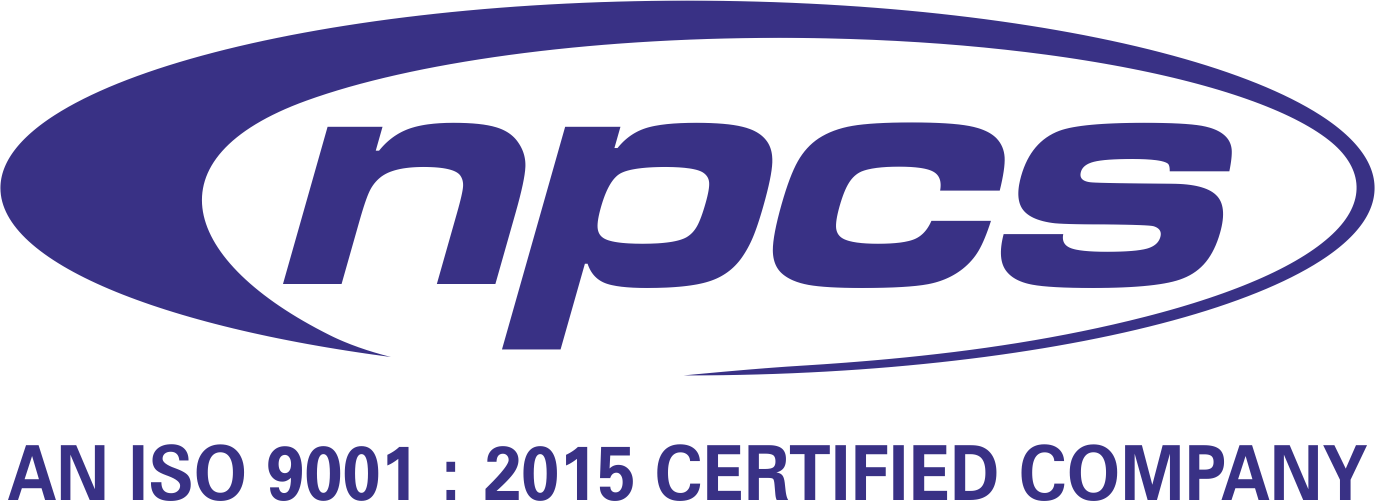In today’s rapidly evolving consumer landscape, perfumes and flavors manufacturing stands out as a promising industry blending sensory science with business potential. From high-end fragrances and body sprays to everyday food flavorings and pharmaceuticals, these products play an integral role in our daily experiences. The formulations and production processes behind them are not only rooted in deep chemistry but also in creative innovation.
With increasing consumer demand for unique, sustainable, and organic ingredients, the perfume and flavor market is booming. Global brands are constantly innovating, while startups are finding profitable niches with customized blends and clean-label products. For aspiring entrepreneurs and manufacturers, understanding the technical know-how of this business—from formulation to packaging—can open doors to a highly rewarding venture. This blog provides a detailed explanation of the processes, ingredients, and opportunities involved in building a successful perfumes and flavors manufacturing business.
Understanding Perfumes and Flavors Manufacturing Formulations and Processes
Manufacturing perfumes and flavors involves precision, creativity, and science. These products are used extensively across multiple sectors such as:
-
Cosmetics and personal care (perfumes, deodorants, body mists)
-
Food and beverages (essence, extracts, seasoning)
-
Pharmaceuticals (flavored syrups, ointments)
-
Household products (room fresheners, detergents, incense sticks)
The industry thrives on carefully crafted formulations that combine natural extracts and synthetic chemicals. These mixtures go through standardized manufacturing processes to ensure consistency, quality, and sensory appeal.
Visit this Page for More Information: Start a Business in Cosmetic Industry
Key Ingredients Used in Perfumes and Flavors Formulation
A successful formulation starts with the right ingredients. Each type of product uses a carefully selected combination of natural and synthetic substances.
For Perfumes:
-
Essential Oils: Natural oils extracted from flowers, fruits, resins, and woods (e.g., lavender, rose, sandalwood).
-
Aroma Chemicals: Synthetic molecules such as linalool, coumarin, and aldehydes used to enhance or imitate natural scents.
-
Solvents: Usually ethanol or a mix of alcohol and water that helps dissolve and carry fragrance components.
-
Fixatives: Ingredients like musk or ambergris ensure that the scent lasts longer by slowing down the evaporation of volatile compounds.
For Flavors:
-
Natural Extracts: Derived from plants and fruits such as vanilla, mint, orange peel, or cocoa.
-
Artificial Flavoring Agents: Lab-made compounds like ethyl vanillin and methyl anthranilate used when natural sources are unavailable or too costly.
-
Carriers and Solvents: Substances like propylene glycol or vegetable oil that help dissolve and stabilize flavoring agents.
-
Emulsifiers: Ensure proper mixing of oil- and water-based ingredients for homogeneity.
The selection depends on the end-use of the product, safety standards, regional preferences, and cost factors.
Related Business Plan: Cosmetics, Perfumery Compounds
Perfume and Flavor Formulation Process Explained
1. Research and Concept Development
This step involves market research, consumer trends analysis, and ingredient feasibility. The objective is to define what the end product should smell or taste like and determine its application.
2. Prototype Creation
Chemists and perfumers (called “noses”) begin mixing raw materials in small batches, balancing top, middle, and base notes for perfumes or sweet, savory, and umami profiles for flavors.
3. Testing and Sensory Evaluation
These prototypes are evaluated for smell, taste, strength, longevity, and performance in real-world conditions. Sensory panels may include experts or targeted consumers.
4. Final Formulation and Documentation
After refinement, the final formula is documented with all ingredient percentages, safety data, regulatory compliance records, and performance benchmarks.
Read Similar Articles: COSMETIC AND BEAUTY PRODUCTS
Perfume and Flavor Manufacturing Process – Step-by-Step
The manufacturing process transforms lab-tested formulations into market-ready products. Here’s how it works:
Step 1: Raw Material Preparation
All ingredients are measured, filtered, and stored under appropriate conditions to maintain quality. Ingredient traceability is crucial, especially for exports.
Step 2: Mixing and Blending
Ingredients are combined in mixing tanks. Temperature, pH, and blending speed are carefully controlled. This stage varies based on the product:
-
Perfumes: Oils and solvents are blended, often aged for days or weeks.
-
Flavors: Emulsions or suspensions are created, sometimes using ultrasonic homogenizers.
Step 3: Filtration and Stabilization
The mixture is filtered to remove particulates. Stabilizers or preservatives may be added to increase shelf life and product integrity.
Step 4: Bottling and Packaging
Automated or semi-automated machines fill the final mixture into bottles, sachets, or containers. Labeling is done according to industry standards.
Step 5: Quality Control and Batch Testing
Each batch undergoes final testing to ensure aroma/taste consistency, safety, microbial limits, and regulatory compliance. Certificates of analysis (CoA) may be generate.
Read our Books Here: Perfumes and Flavours Technology Handbook with Manufacturing Formulations
Equipment Required for Manufacturing Perfumes and Flavors
To ensure efficiency and quality, investing in modern equipment is key:
-
Stainless Steel Mixing Tanks with controlled temperature and agitation systems.
-
Ultrasonic Emulsifiers for flavor emulsions.
-
Vacuum Pumps and Agitators for perfume blending.
-
Cartridge and Micron Filters for purity.
-
Filling Machines (manual or automated) for precise bottling.
-
Labeling and Coding Machines for batch traceability.
-
Gas Chromatography Equipment for analytical testing.
Download PDF: Perfumes and Flavours Technology Handbook with Manufacturing
Safety, Regulatory, and Compliance Standards
Perfumes and flavors must comply with strict industry guidelines and safety regulations:
-
IFRA (International Fragrance Association) guidelines for fragrance components.
-
FEMA (Flavor and Extract Manufacturers Association) regulations for food-grade flavors.
-
FSSAI, FDA, and EU Regulations for regional compliance.
-
MSDS and Allergen Declarations for consumer safety.
-
REACH and GHS Compliance for export and labeling standards.
Keeping up with documentation and certifications is essential for global trade.
Business Opportunities in Perfumes and Flavors Manufacturing
The perfumes and flavors industry is ripe with possibilities. Entrepreneurs can explore:
-
Private Label Manufacturing: Produce custom perfumes or flavors for other brands.
-
White Label Products: Create standard formulas that businesses can rebrand.
-
Direct to Consumer (D2C): Build your own brand and sell via e-commerce platforms.
-
Contract Manufacturing: Partner with large brands for scalable production.
-
Export Business: Essential oils and organic flavors from India are in high demand globally.
-
Aromatherapy and Wellness: With rising interest in natural healing, this niche is growing rapidly.
Related Feasibility Study Reports: Cosmetics, Perfumery Compounds
Trends Shaping the Future of Perfumes and Flavors
-
Sustainable Sourcing: Brands are shifting toward eco-friendly, traceable raw materials.
-
AI in Formulation: Artificial intelligence helps in rapid prototyping and personalization.
-
Biotechnology: Lab-grown aroma molecules reduce dependence on endangered resources.
-
Custom Fragrances and Flavors: Consumers now want bespoke experiences tailored to their taste and personality.
-
Green Chemistry: Manufacturers are increasingly using biodegradable solvents and renewable materials.
Click here to send your queries/Contact Us
Conclusion
The perfumes and flavors manufacturing industry presents a powerful combination of art, science, and business. With the right formulation expertise, a robust production setup, and attention to safety and compliance, entrepreneurs can thrive in this aromatic and flavorful world. Whether catering to local consumers or exporting internationally, the growth trajectory remains steep and lucrative. Continuous innovation, quality control, and brand storytelling will set your business apart in this competitive yet highly rewarding domain.
See More Links:
- Start a Business in Asia
- Start a Business in Potential Countries for Doing Business
- Best Industry for Doing Business
- Business Ideas with Low, Medium & High Investment
- Looking for Most Demandable Business Ideas for Startups
- Startup Consulting Services
- Start a Business in Africa
- Start a Business in India
- Start a Business in Middle East
- Related Videos
- Related Books
- Related Projects
- Related Market Research Reports





